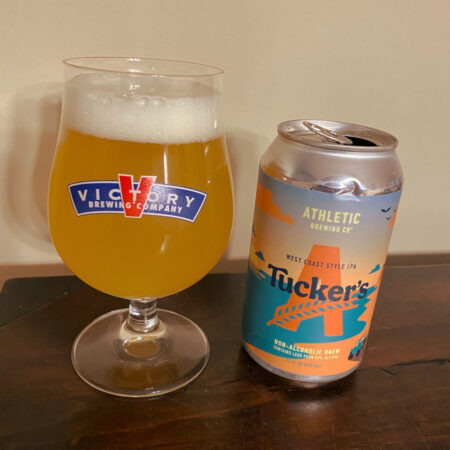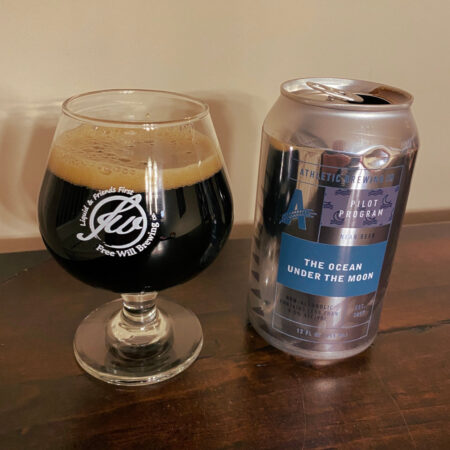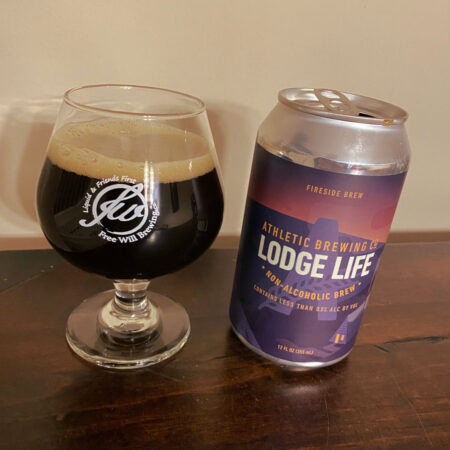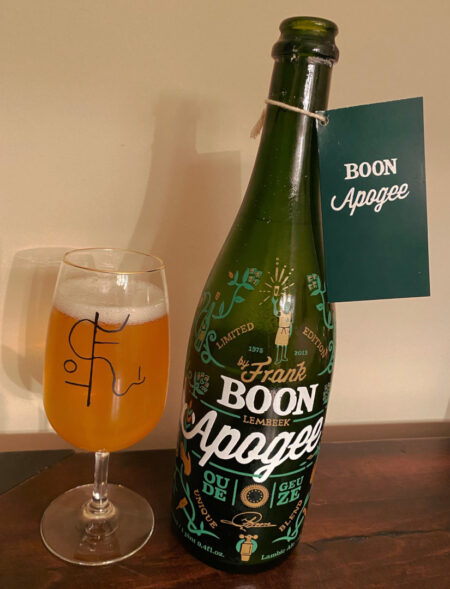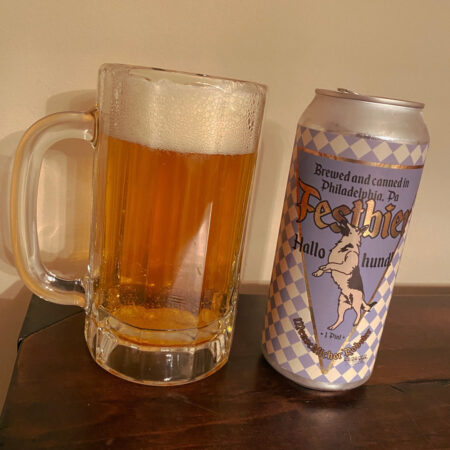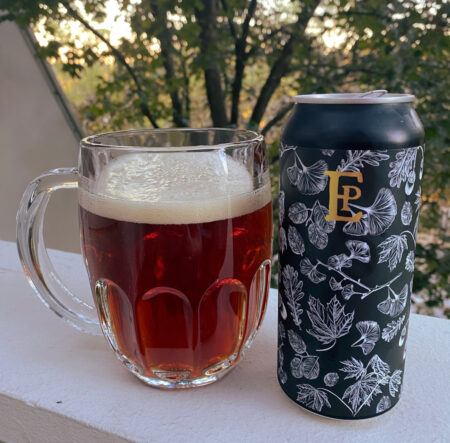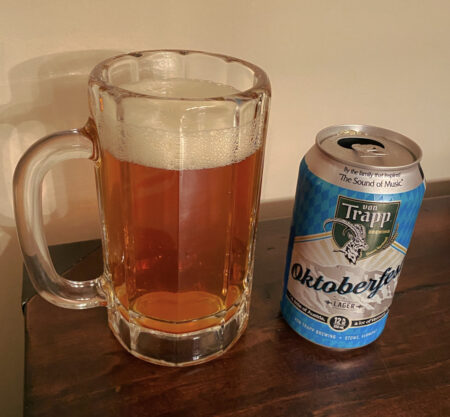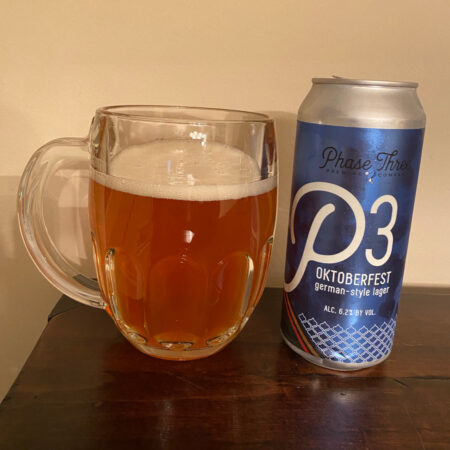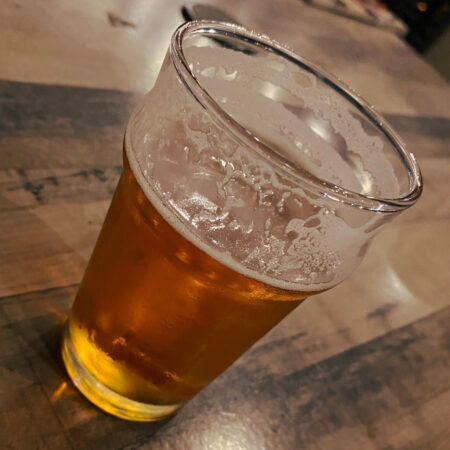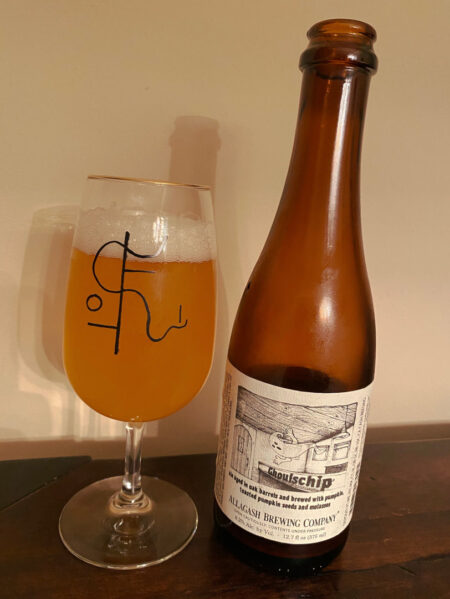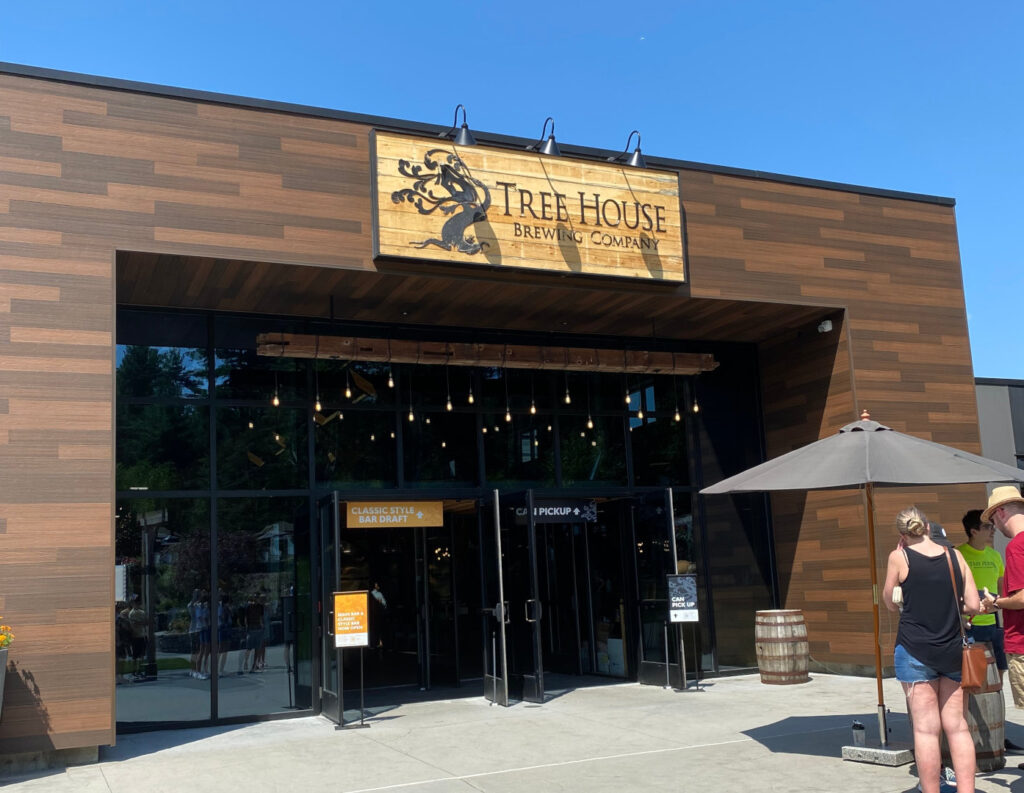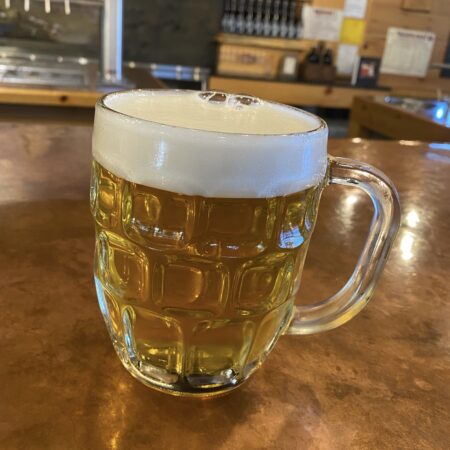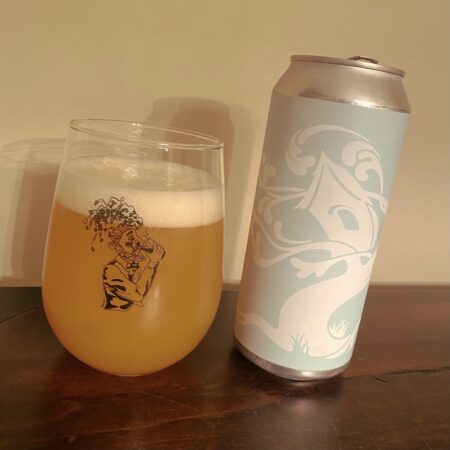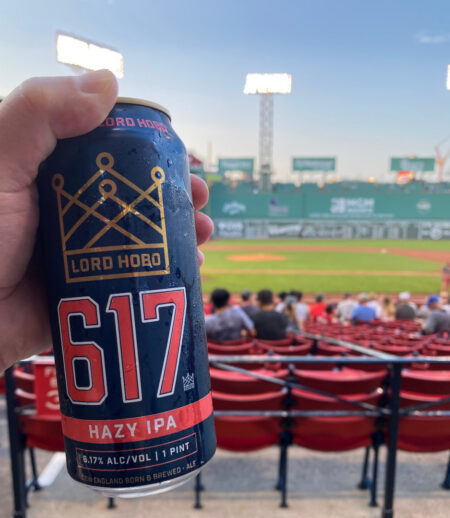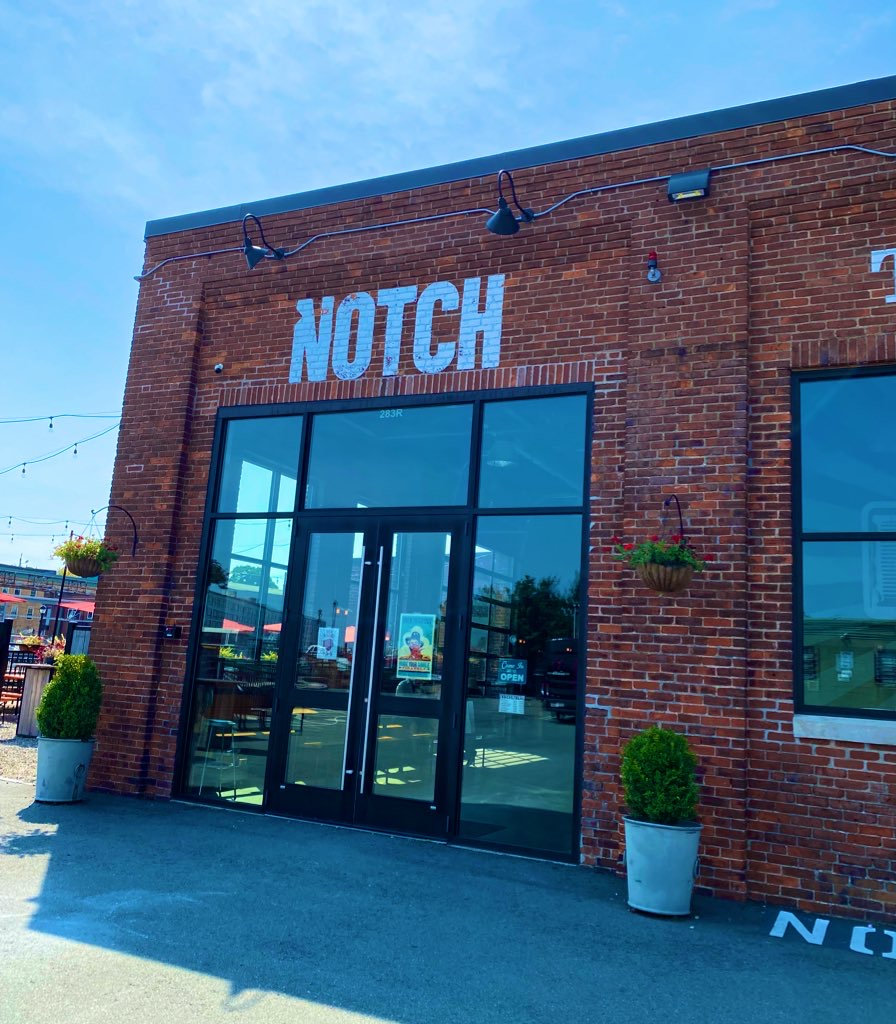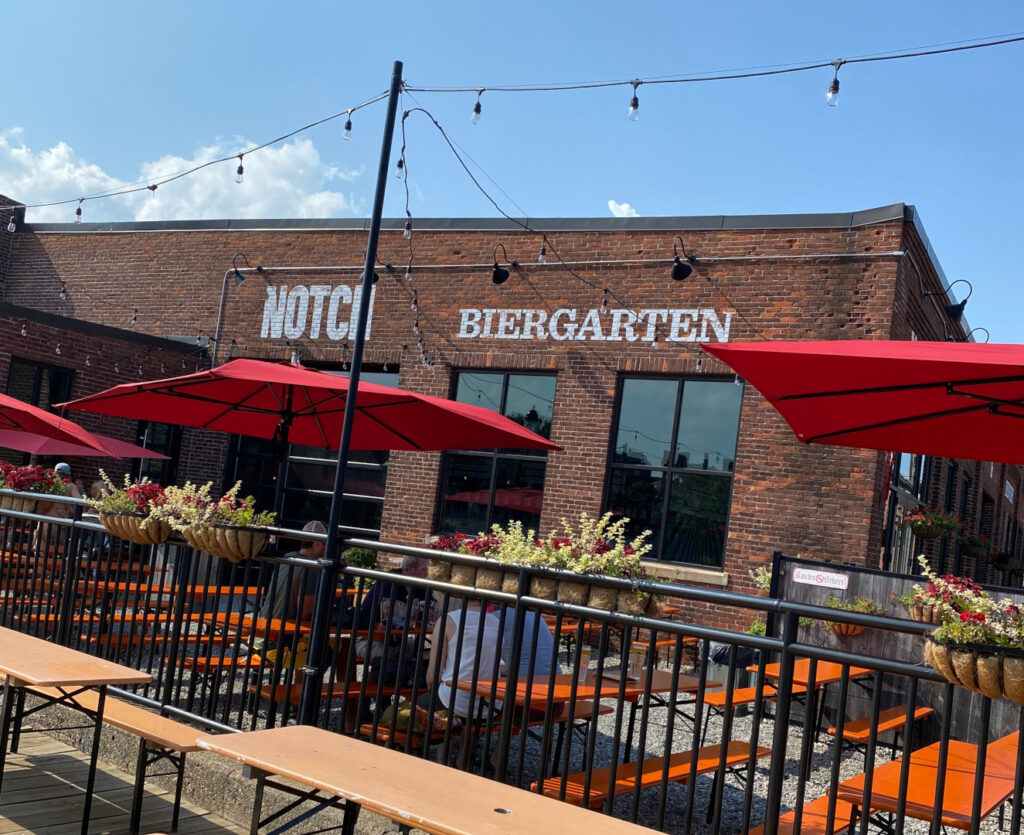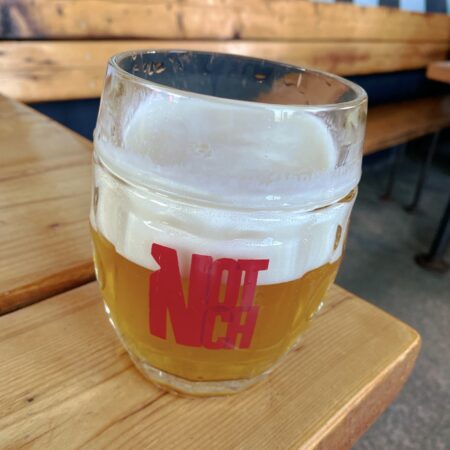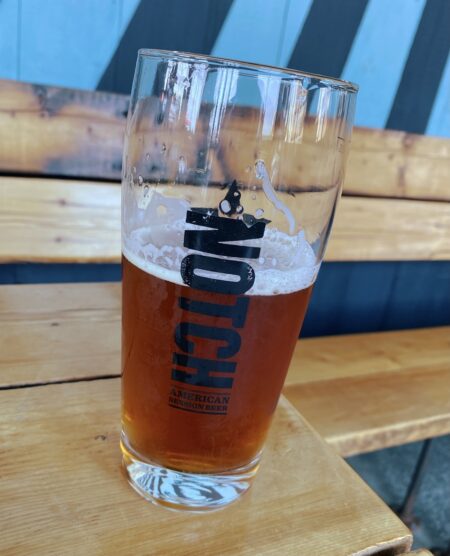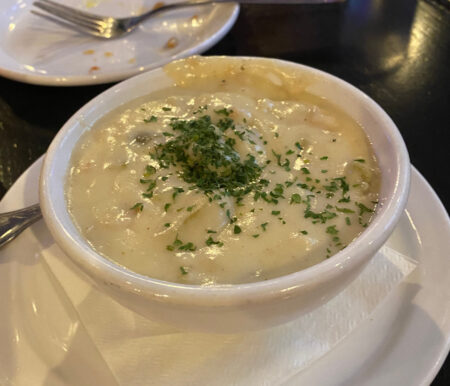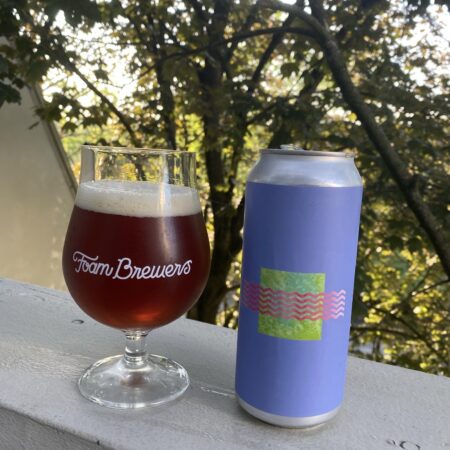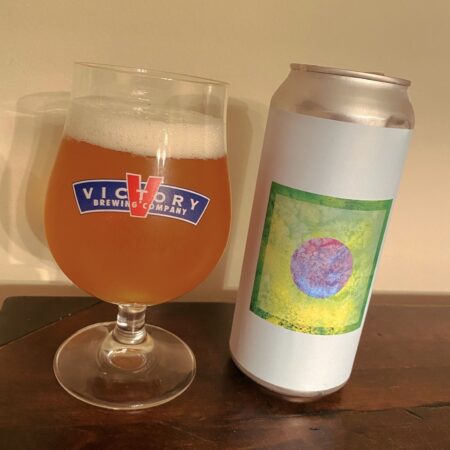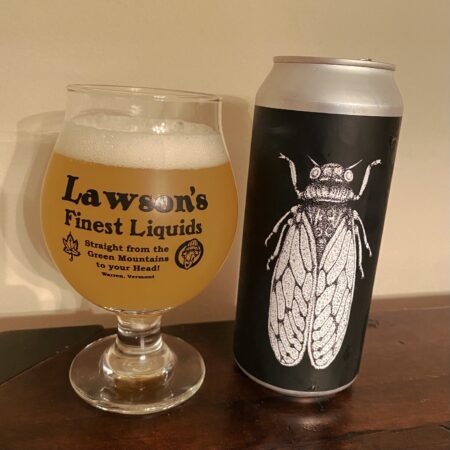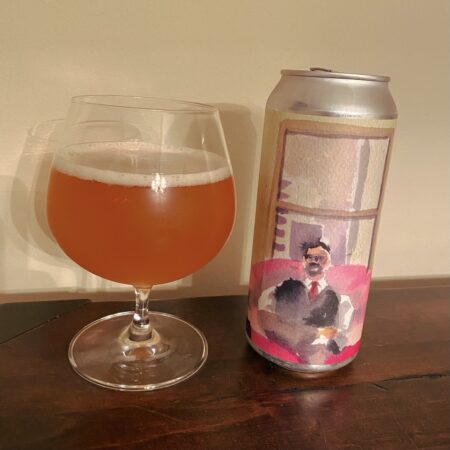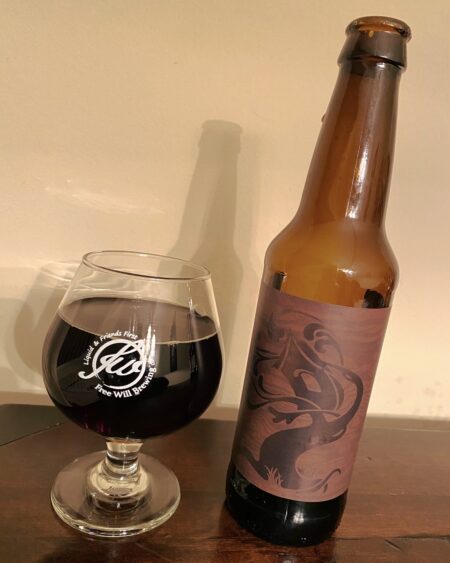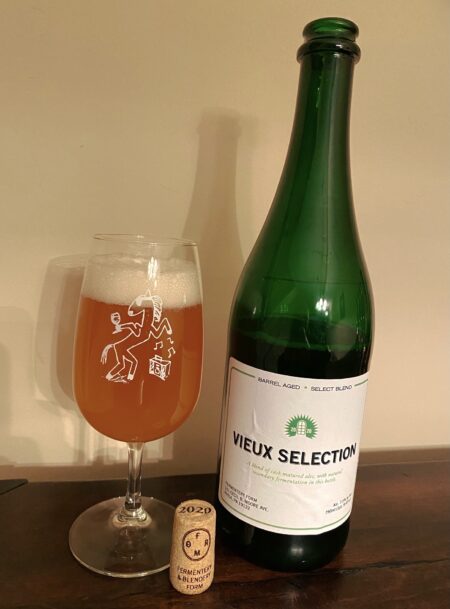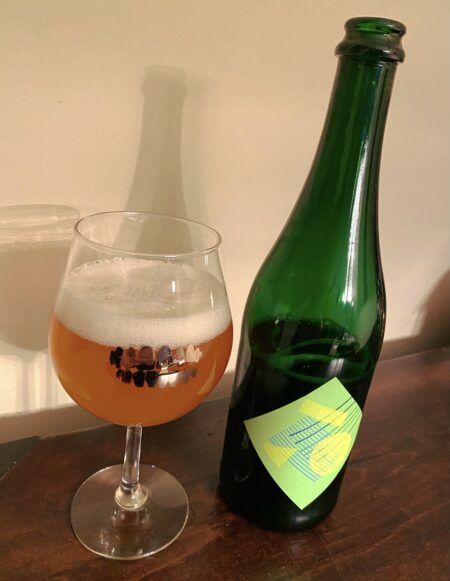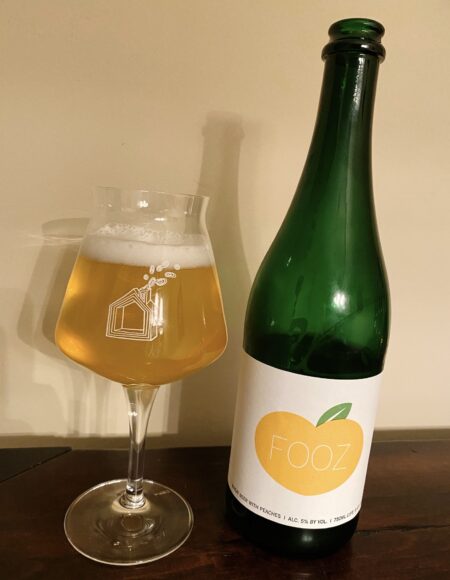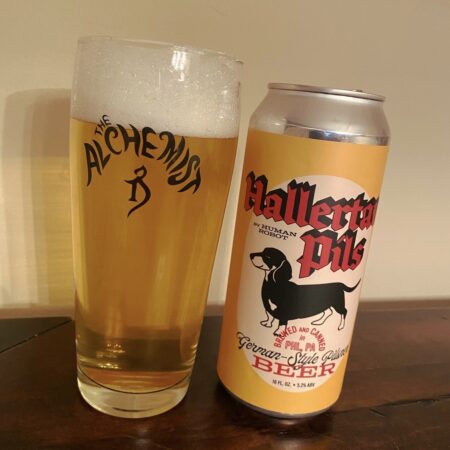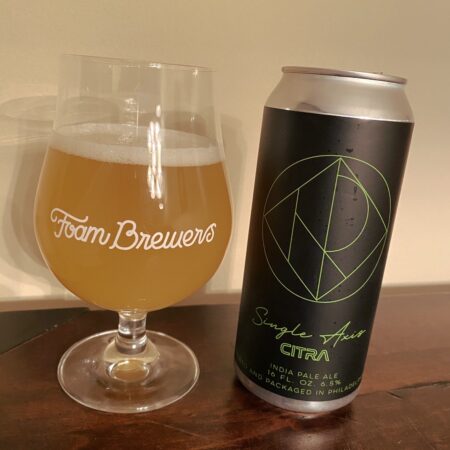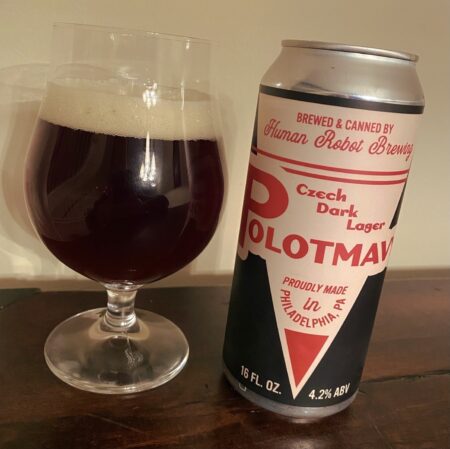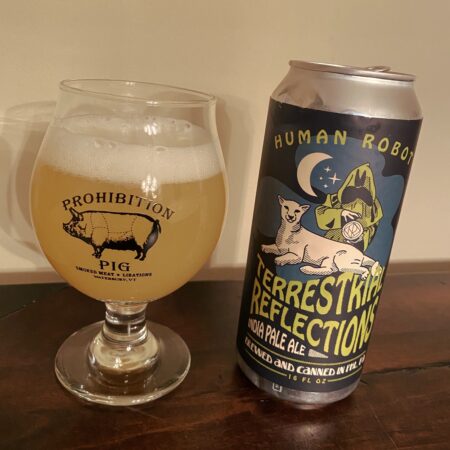Usually, when you look up ratings for a lager, even a well respected lager with a long history, you have to sorta grade on a curve. For an IPA or pastry stout, a rating of 3.5 on Untappd is disastrous. But it’s pretty typical for legendary lagers to come in even lower than that.
Naturally, this is why aggregate ratings are kinda goofy. Most of these lagers don’t get hype and the clean, subtle approach simply doesn’t tweak the intensity junkies that made exploding fruit smoothie cans a thing. So they rate low. It’s not really a big deal. Heck, I used to be that guy.
All of which is to say that when I look up a new lager and it’s rated above a 4 on Untappd, some sort of alarm goes off in my head. What bizarre pact with a crossroads demon did these brewers make to get people to like lagers? It at least warrants some investigation. Especially when you look at something like, say, a Rice Lager (not exactly the most respected of styles) that’s rated 4.12.
So I look into these Gold Dot people. It turns out that Gold Dot was started by Lisa Allen and her partner Kevin Davey and they brew all their beers at Heater Allen. That’s weird, I wonder if Lisa has any relation. Oh, she’s the head brewer of Heater Allen, the Portland, OR lager specialists? I guess that explains some things, but it almost raises more questions than it answers. Why create a new brand when you are already one of the most respected lager producers in the country?
As it turns out, there’s a two pronged (twok!) answer to the question. One is that Heater Allen almost exclusively focuses on lagers (some arguable exceptions that turn out to be collaborations, Kolsch is technically an ale but who are they kidding, etc..) and they wanted to make some genuine IPAs (and not just Cold IPAs or otherwise hoppy lagers). The other difference is that Gold Dot beers are filtered, and Heater Allen is not. Is all of this really necessary? Hell if I know, and I have yet to procure one of their IPAs, but these are damn good lagers.
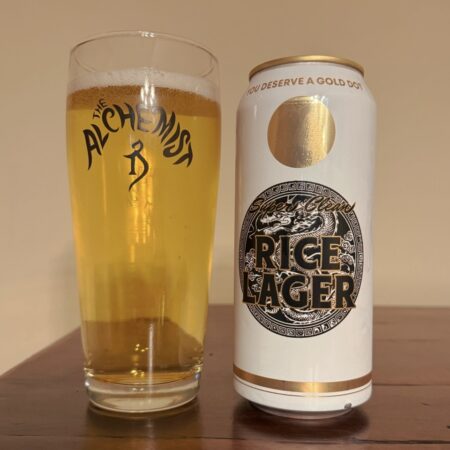
Gold Dot Super Clean Rice Lager – A collaboration with SakéOne, utilizing their Koji to aid fermentation of Calrose rice, which makes up 40% of the grist (this… seems very high to me). Rice is typically used as a cheap adjunct in mass produced lagers (i.e. Bud Light), but I expect the proportions are very different here, as is the Saké-like treatment…
Pours a crystal clear, extremely pale, light yellow color with a finger or so of white had that resolves down to a cap that has good retention and leaves a bit of lacing. Smells lightly of crackers, maybe a hint of earthy noble hops. Taste hits a similar noble hop and crackery character well. Mouthfeel is where this really shines though, light bodied, crisp, dry, and utterly quaffable, I’ve crushed half the can without realizing how quickly this stuff went down. B+
Beer Nerd Details: 4.8% ABV canned (16 ounces). Drank out of a Willi Becher glass on 4/19/24.
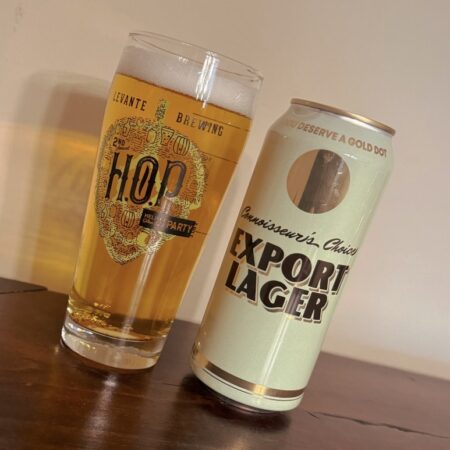
Gold Dot Connoisseur’s Choice Export Lager – Pours a clear golden color with a finger or two of fluffy white head with good retention and some lacing. Smells sweeter and fuller than the rice lager (as you’d expect), bready, a bit of biscuit, and a healthy dollop of noble hops. Taste also hits the sweet malt notes well, crackers and biscuits, plenty of noble hop character and a well balanced hop bitterness in the finish. Mouthfeel is a little heavier, but barely medium bodied (if that), well carbonated and crisp, not as dry but still quaffable. Overall, yeah, quite good (and better than Heater Allen’s Export). B+
Beer Nerd Details: 5.6% ABV canned (16 ounces). Drank out of a Willi Becher glass on 4/26/24. Canned on 02/14/24.

Gold Dot Blue Label Dark Lager – Pours a very pretty amber brown color with a solid finger of off-white head. Smells of lightly toasted malt, a hint of caramel, and some light earthiness. Taste is sweet, biscuity malt, light caramel and a bit of toast adding complexity. Mouthfeel is medium bodied, moderately carbonated, and quaffable. Overall, hell yes. A-
Beer Nerd Details: 5.4% ABV canned (16 ounces). Drank out of a on 4/20/24. Canned on 01/26/24.
I’ve had a couple of other Gold Dot beers since these three (which, to be fair, was many moons ago because I’ve been horrible about keeping up the blog) and they’ve been uniformly great. If you fancy a lager and you see Gold Dot (or Heater Allen, while we’re at it), go for it.
